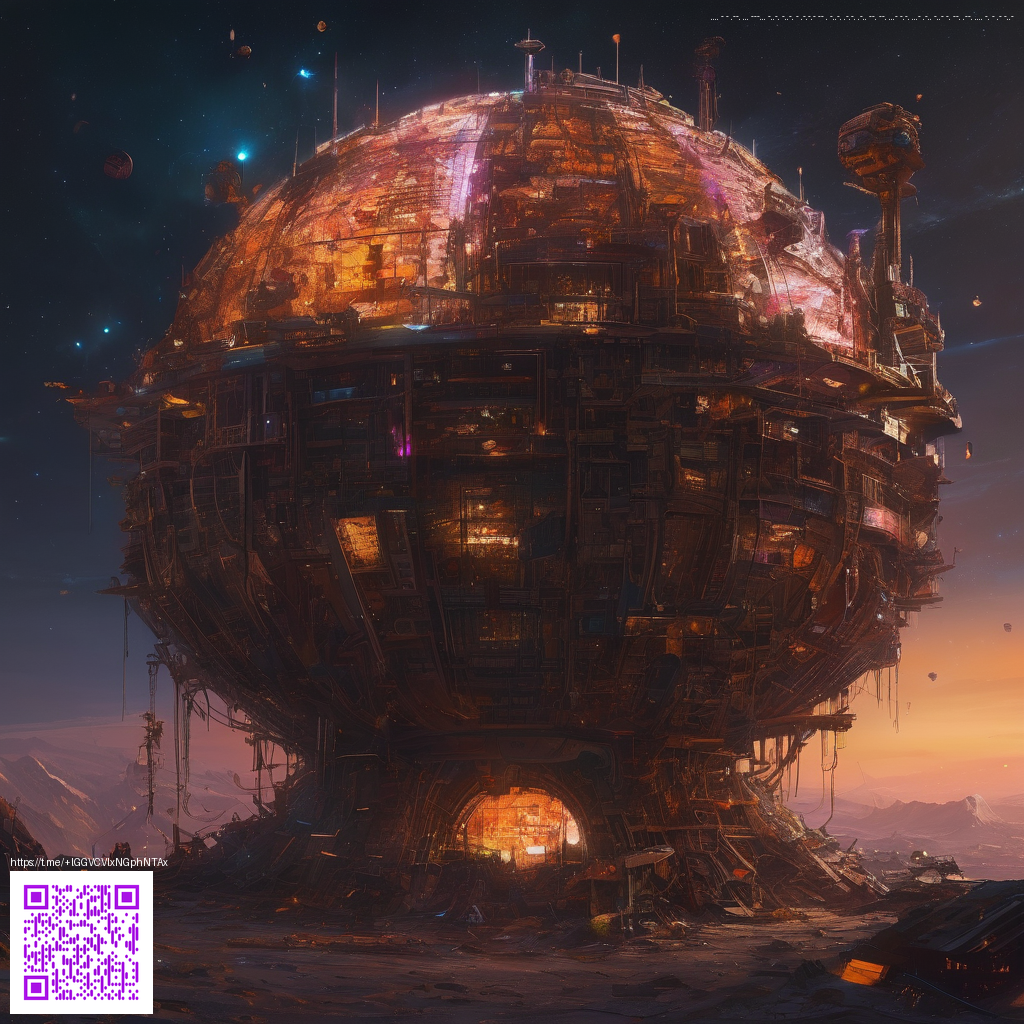
Minecraft RPG maps have a special way of turning a sandbox into a living, breathing adventure. They invite players to trade the familiar blocky landscapes for stories, quests, and emergent worlds that feel handcrafted, yet infinitely replayable 🎮🗺️. When you design or seek out these maps, you’re not just collecting scenery—you’re curating experiences. The best RPG maps blend strong narrative beats with clever design that nudges players to experiment, solve puzzles, and uncover hidden lore. If you’re curious about elevating your own builds or just hunting for inspiration, this guide dives into the secrets and sources that spark standout Minecraft RPG maps ✨.
What makes an RPG map truly immersive
At the core, successful RPG maps transform exploration into a storytelling engine. They reward curiosity, reward risk, and reward players who pay attention to the world’s details. A few durable ingredients consistently rise to the top:
- Narrative threads: A clear theme or quest chain gives players a sense of purpose. Whether it’s reclaiming a fallen kingdom or negotiating peace between rival factions, a tight narrative pushes players forward while leaving room for discovery 🧭.
- World-building cues: Small touches—a ruined statue, a torn map, a mysterious letter—create a sense of history. These micro-stories add depth without forcing a specific path, inviting players to write their own chapters 🏰.
- Branching paths and choices: Nonlinear progression lets players shape outcomes. Choice should feel meaningful, not performative; the map responds with consequences that ripple through subsequent areas 🔀.
- Balanced progression: Puzzles, combat encounters, and platforming should escalate gradually. The player should feel challenged but not overwhelmed, with opportunities to backtrack and explore side quests 🚶♂️💡.
- Clear checkpoints and rewards: Well-timed milestones keep momentum. Rewards—be they items, access to new zones, or lore fragments—should reinforce the story and the player’s choices 🏅.
- Visual and auditory storytelling: Lighting, textures, and ambient sounds matter. A moody color palette can signal danger, while warm hues invite exploration. When visuals align with narrative, immersion deepens quickly 🎨🔊.
“A map isn’t just a route; it’s a stage for your imagination to perform.” 🎭
From concept to playable adventure: a practical workflow
Turning a spark of an idea into a playable map requires a repeatable process. Here’s a straightforward approach that keeps the pace steady while allowing creative spontaneity:
- Define the theme: What is the world’s mood? Is it a haunted forest, a floating citadel, or a desert trading outpost? Clarity here saves you countless hours later.
- Outline a quest ladder: Sketch 3–5 milestones that move players from introduction to climax. Each milestone should unlock something meaningful—a doorway, a new questline, or a pivotal encounter.
- Map the nodes: Break the map into zones or rooms. Think in terms of flow: entry, challenge, reveal, retreat, and return. This helps you pace encounters and keep players engaged 🌍.
- Design encounters with intent: Mix combat, puzzles, and exploration. Ensure each encounter teaches the player something about the world or pushes progress in a satisfying way 🧩.
- Iterate with playtests: Small groups can reveal confusing cues or pacing issues. Use their feedback to adjust rewards, hints, and the order of discoveries.
As you lay out your map, document your decisions. A simple notes page can save you from contradictory clues or pacing gaps later on. The art of map design is as much about foresight as it is about clever tricks and hidden rooms 📝.
Inspiration, tools, and communities to fuel your builds
Sometimes the best ideas come from mixing familiar Minecraft motifs with unexpected twists. Think of inspiration hubs that curate ideas from across the community—structure, puzzles, and branching storylines that spark fresh approaches. You’ll find that the strongest maps strike a balance between homage and innovation, inviting players to recognize familiar textures while discovering new possibilities 🎨🔎.
When you’re ready to plan, a ready-to-hand setup can make a big difference. For on-the-go planning or note-taking during long sessions, consider a practical accessory that keeps your device at your fingertips. For example, the Phone Click-On Grip Kickstand Back Holder Stand provides a snug grip and stable kickstand—handy for sketching layouts or scrolling through reference images without fatigue. You can explore the product here: Phone Click-On Grip Kickstand Back Holder Stand 🧷📱.
And if you’re after a broader pool of ideas and case studies, many creators point toward curated resources that spotlight successful map designs, narrative hooks, and pacing strategies. A notable reference hub you can check out for inspiration is this inspiration page, where thoughtful collections of RPG map concepts are gathered for quick discovery and adaptation 💡🌟.
Tips to elevate your own Minecraft RPG maps
- Prototype fast, iterate often: Build rough versions of key rooms to test pacing, then refine visuals and mechanics before committing to full-scale builds 🛠️.
- Leave breadcrumbs, not clutter: Subtle hints keep players curious without spoiling surprises. Use environmental storytelling to nudge discovery 🧭.
- Playtest with a diverse group: Invite players who favor exploration, combat, and problem-solving. Different play styles reveal blind spots you might miss alone 🧑🤝🧑.
- Document your lore pieces: Keep a simple lore document so that clues remain coherent and connections between zones stay recognizable 🗒️.
- Balance aesthetics with function: Visuals should support gameplay, not hinder it. Clear line-of-sight, legible signs, and readable paths matter as much as atmosphere 🌈.
Whether you’re a seasoned builder or a curious newcomer, the practice of crafting RPG maps is as rewarding as the pilgrimage players take through them. With thoughtful design, engaging quests, and a pinch of mystery, your world can become a memorable compass that guides friends and strangers alike toward shared adventures. The process rewards curiosity, collaboration, and a willingness to iterate until each room hums with purpose 🚀🗺️.